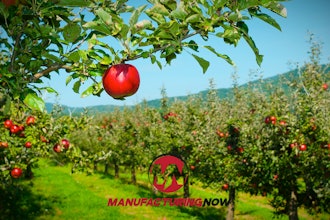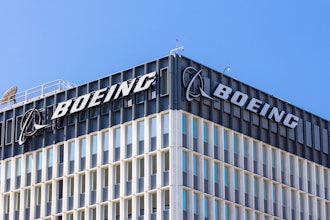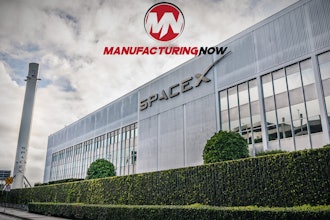For decades and even longer, dairy companies had been entrenched in their local jurisdictions, with a keen understanding of the local quota system as well as their consumers. It had been very difficult for a dairy company to go it alone and enter a new market given these market realities. Generally speaking, a new company had not been able to supplant a dairy company that’s been supplying to a particular region for decades. For this reason, entrances into new dairy markets typically have been in the form of a joint venture, with one partner being a dairy company based in the distribution market.
However, a couple of significant simultaneous trends in the U.S. dairy market are creating a paradigm shift. First, dairy globalization is increasing as government imposed barriers, such as import quotas, have continued to be relaxed. Second, Americans’ appetite for protein-based products continues to increase. Nowhere is this second trend more clearly manifested than in the current “yogurt craze” sweeping the United States. New yogurt products seem to hit the grocery shelves on a weekly basis.
The move by Americans toward protein-based products comes at a cost, part of which can be seen significantly in the drop in sales of carbonated soft drinks and snack products. Arguably, no company would feel the hit of this market downturn more than PepsiCo. There is no doubt that these related trends led to PepsiCo’s recently announced joint venture with Germany’s Theo Müller Group. The PepsiCo–Müller venture, to be known as Muller Quaker Dairy, was created to sell premium yogurt products in the United States. For U.S. readers unfamiliar with Theo Müller Group, it is a German dairy company with a long and successful history of producing and marketing popular yogurt brands in Europe.
PepsiCo certainly has experience in developing brands and believes itself to be fairly adept at interpreting the nuances of the American consumer. However, a joint venture is a distinctly different animal than new product development or an acquisition, requiring a different set of preparations and careful setting of expectations. A successful joint venture involves a company’s taking time to develop the right kind of relationship with the best possible partner. Looking into the PepsiCo–Müller joint venture leaves one to wonder whether the parties’ choices were ideal.
The PepsiCo-Müller joint venture will mark PepsiCo’s first foray into the U.S. dairy market. Initially, the venture will import yogurt from Europe, with a plan to utilize a new $200 million plant in Batavia, N.Y. One can surmise, given PepsiCo’s history, that the joint venture will eventually produce a drinkable yogurt product. A joint venture this size presents a lot of capital outlay and additional risks. The parties’ division of those risks and their development of myriad exit strategies undoubtedly were the subject of robust negotiations.
More so than its European brand recognition, Müller brings an important component to the table — its expertise. PepsiCo’s experience in producing beverages and snack products (through Frito-Lay and Quaker) does not necessarily translate into the ability to manufacture low-acid products such as dairy and yogurt. The manufacturing learning curve will be steep. The processes on which the joint venture will rely to yield enough product to utilize the Batavia facility will be totally foreign to PepsiCo.
Whether Müller’s expertise in producing yogurt in Europe will translate into assembling and running a production facility in upstate New York is an open question. Müller will experience some significant differences in health and safety standards, supply chains and labor markets, just to name a few. Some have suggested that PepsiCo’s complete lack of experience in producing this type of product and Müller’s lack of experience in producing anything in the U.S. would, by itself, be an insurmountable obstacle.
Even if the joint venture were to overcome its manufacturing hurdles, its ability to effectively market yogurt is not an absolute certainty. Of course, PepsiCo has a long history of product development, and not all of its products have been successes, even when the product has been in its carbonated beverage wheelhouse (recall Crystal Pepsi?). It remains to be seen whether PepsiCo has the ability to market a product outside of its comfort zone. Furthermore, nobody can predict how long the U.S. yogurt craze will continue.
Even with the frequent product developments in yogurt, a large American grocery store’s yogurt aisle is still dwarfed by that of a typical European supermarket. Without question there is additional space for new players in the yogurt market. Whether a U.S. soft drink and snack company and a German dairy are the right players remains to be seen.
Brian A. Smith is a partner and a member of the Food Industry Team at the Chicago law firm of Freeborn & Peters LLP. He specializes in corporate and tax structural planning for joint ventures and acquisitions in a variety of sectors, including food & beverage. Reach him at 312-360-6472 or [email protected].






















